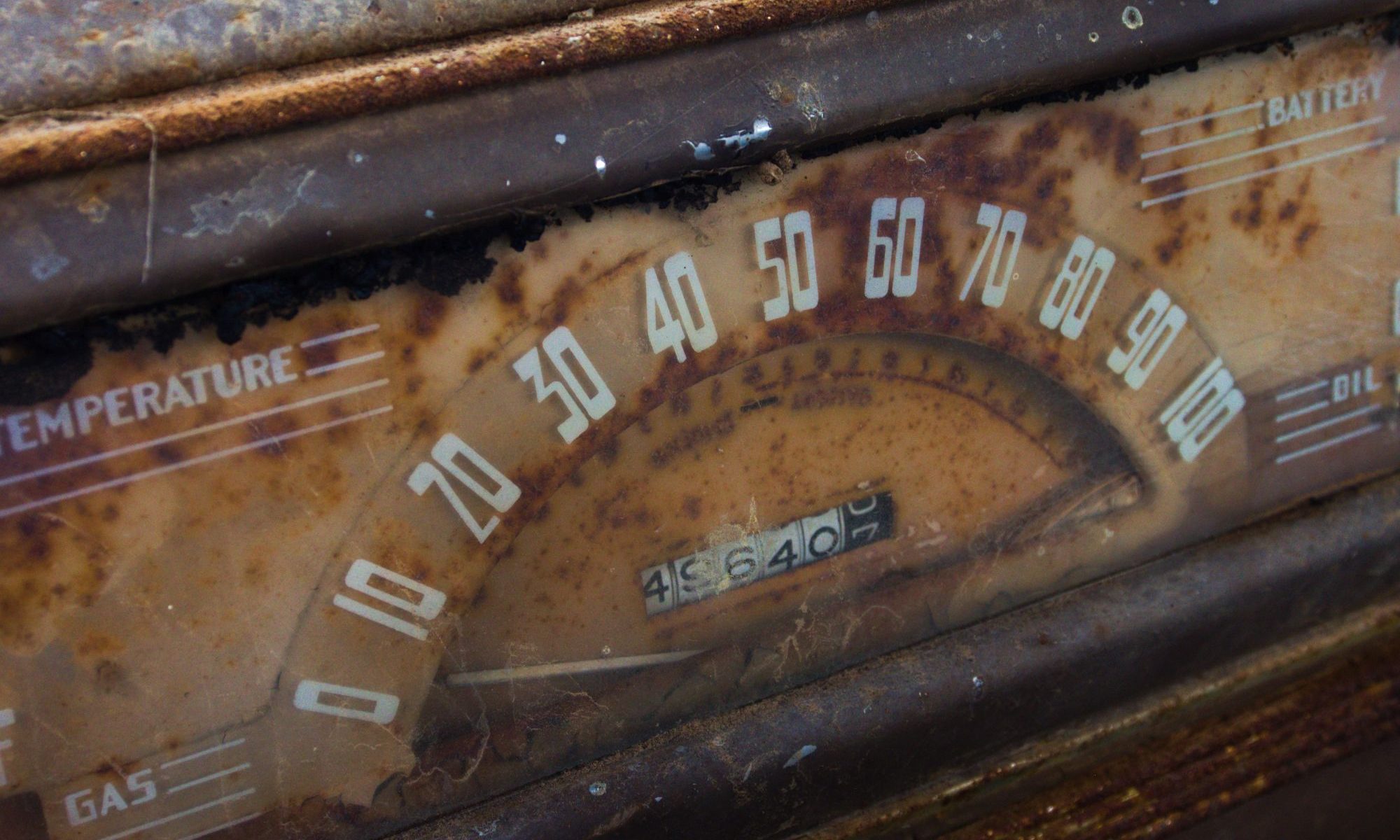Estuve en una fiesta del Super Bowl y alguien afirmó que el presidente Trump es autoritario. Sospecho que un argumento para ello podría ser que los presidentes emiten órdenes ejecutivas, especialmente si uno no está de acuerdo con sus políticas. Aquí les presento una breve historia de las órdenes ejecutivas y cómo se han utilizado históricamente, en comparación con tiempos recientes.
A Brief History of Executive Orders (EOs) and Their Use in Modern Times
Executive orders (EOs) are directives issued by the U.S. President to manage operations within the federal government. They are not laws passed by Congress but have the force of law if based on existing statutory or constitutional authority. The use of EOs has evolved over time, expanding significantly in the modern era.
Historical Use of Executive Orders
Early Presidents (1789-1900s)
- George Washington issued some of the first EOs, primarily for administrative purposes, such as establishing executive branch norms.
- Abraham Lincoln famously used an EO to issue the Emancipation Proclamation (1863) during the Civil War.
Progressive Era & The New Deal (1900s-1940s)
- Theodore Roosevelt (1901-1909): Expanded the use of EOs to regulate business and conservation efforts.
- Franklin D. Roosevelt (1933-1945): Issued the most EOs of any president—3,721, including orders for the New Deal programs and Executive Order 9066, which authorized the internment of Japanese Americans during World War II.
Post-WWII and Judicial Limits (1950s-2000s)
- Harry Truman’s EO to seize steel mills (1952) was struck down in Youngstown Sheet & Tube Co. v. Sawyer (1952), setting limits on executive authority.
- Presidents from Eisenhower through Reagan used EOs for civil rights measures, national security, and deregulation.
Modern Use of Executive Orders & EO Counts
Since the late 20th century, executive orders have been used extensively, especially when presidents face congressional opposition. Here’s a breakdown of the total number of EOs issued by recent presidents:
| President | Years in Office | EOs Issued | Avg. per Year |
|---|---|---|---|
| Ronald Reagan | 1981-1989 | 381 | 48 |
| George H.W. Bush | 1989-1993 | 166 | 41 |
| Bill Clinton | 1993-2001 | 364 | 46 |
| George W. Bush | 2001-2009 | 291 | 36 |
| Barack Obama | 2009-2017 | 276 | 35 |
| Donald Trump | 2017-2021 | 220 | 55 |
| Joe Biden | 2021-Present | 134+ (as of 2023) | 56+ |
(Source: Federal Register)
Although Donald Trump and Joe Biden have issued EOs at a higher rate than recent presidents, their totals remain far below the peak levels of Roosevelt, who used them extensively during crises.
Presidential Statements on Executive Orders
Presidential Statements on Executive Orders
Presidents often justify their use of EOs as necessary for governance, while critics view them as bypassing legislative authority. Here are some notable statements:
- Barack Obama (2014): “We’re not just going to be waiting for legislation. … I’ve got a pen, and I’ve got a phone.” (Justifying EOs on immigration and climate policy.)
- Donald Trump (2017): “I am going to get rid of a lot of these executive orders signed by Obama.” (Emphasizing his plan to overturn previous policies via EOs.)
- Joe Biden (2021): “I’m not making new law; I’m eliminating bad policy.” (Explaining his early executive actions reversing Trump-era policies.)
Are Executive Orders a Sign of Authoritarianism?
Critics argue that overreliance on EOs can indicate executive overreach, particularly when a president bypasses Congress repeatedly. However, EOs are subject to judicial review, and Congress can pass laws to override them. The U.S. system has checks and balances that prevent a president from unilaterally ruling by decree.
The perception of EOs as authoritarian often depends on their content rather than their number. Orders related to national security, civil rights, or economic regulation tend to be more controversial. Personally I would argue that any Executive should have a degree of authoritarianism, it is part of their job. As long as they operate within the rule of law.
